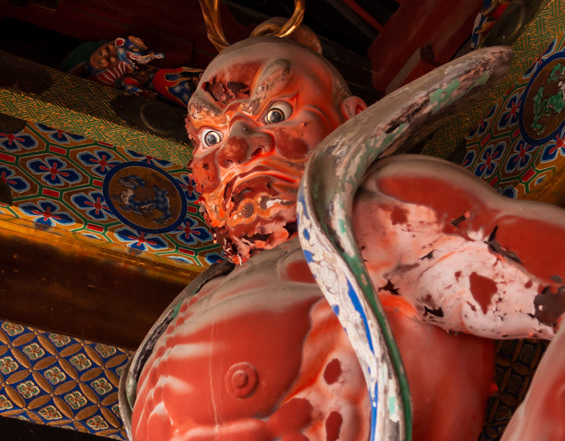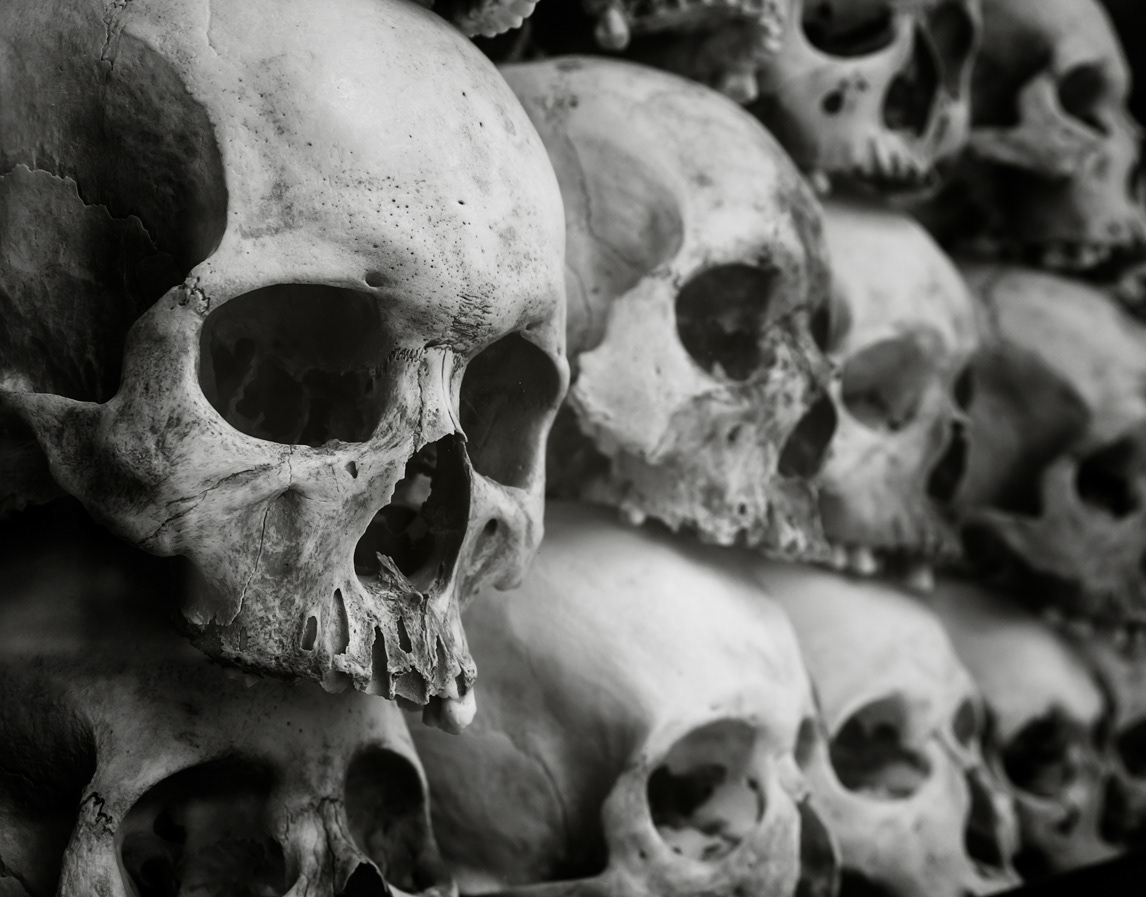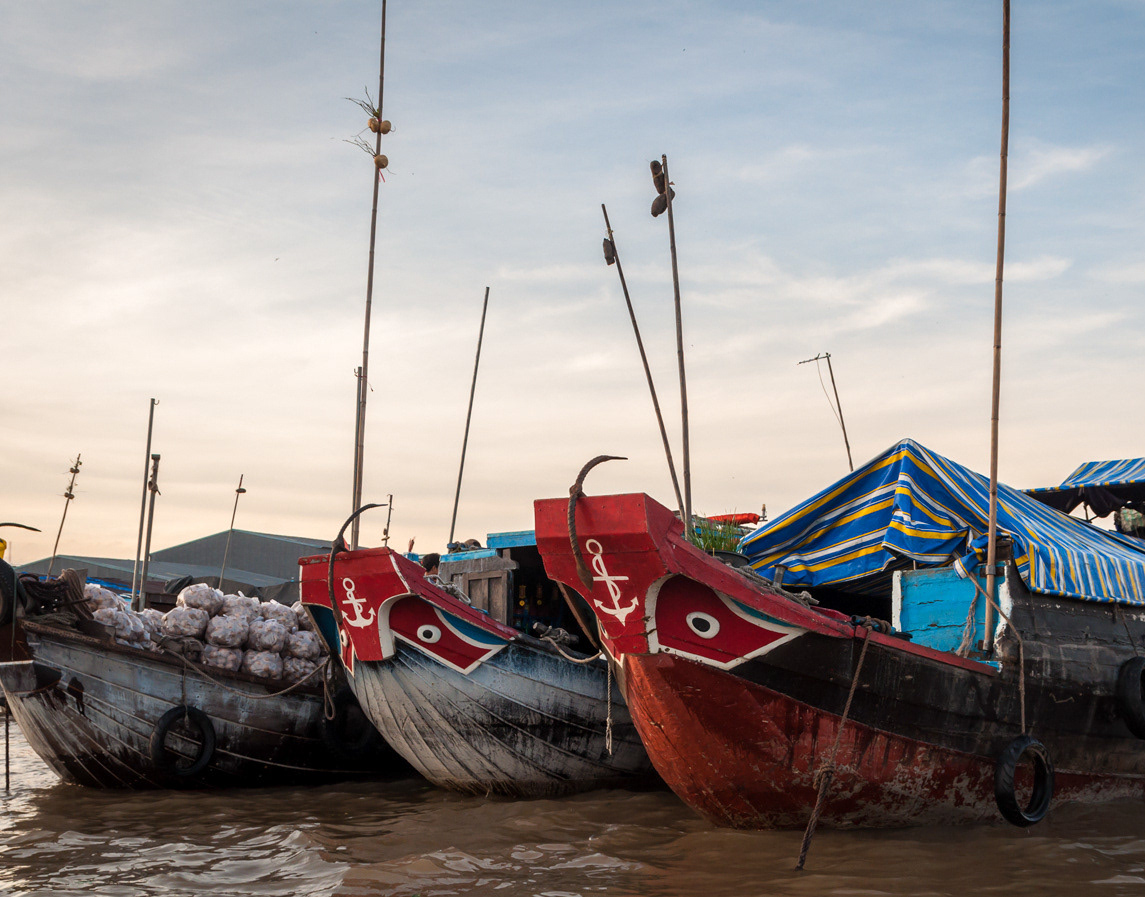Tashkent is the capital of Uzbekistan, and was once an important centre of learning and a commercial nexus on the fabled Silk Road (which was actually a patchwork of several land and sea routes). It also served as a strategic location within the Timurid and Shaybanid empires between the 14th and 16th centuries, all of which demanded the requisite magnificent madrasas, mausoleums and mosques were constructed. The modern face of the city reflects little of these past glories however as a 5.2 magnitude earthquake obliterated the old historic centre in 1966. From the rubble arose a Soviet-designed metropolis, Uzbekistan being a republic of the USSR at the time. Tashkent roughly translates into "City of Stones", from the Turkic tash and Persian kent, and this seems strangely apt for today's modern version of the city. That's not to say its devoid of it's own peculiar charms and wonders though.
Downtown Soviet-era icon, Hotel Uzbekistan. A brutalist flagship hotel built in 1974, when the country was known as the Uzbek Soviet Socialist Republic (essentially just a national-based administrative unit of the USSR)
National hero and last great Mongol ruler, Amir Timur (1336 - 1405). Ruling the Timurid empire from his capital of Samarkand during the 14th century, he was equal parts ruthless warrior and highly cultured polymath. An eloquent and passionate supporter of the arts, whose conquests are estimated by some historians to have caused up to 17 million deaths.
The International Forums Palace, built for former President Karimov's daughter Gularna as a place to host official state functions, conferences, and concerts. Constructed in 2009, it's one of the most expensive buildings in Tashkent
The entrance to Mustakillik Maydoni (Independance Square) metro station, one of many in the Tashkent Metro. Built by the Soviets after the 1966 earthquake that devastated Tashkent, each of it's stations are uniquely designed, themed after a historical figure, event or the elements of the surrounding area.
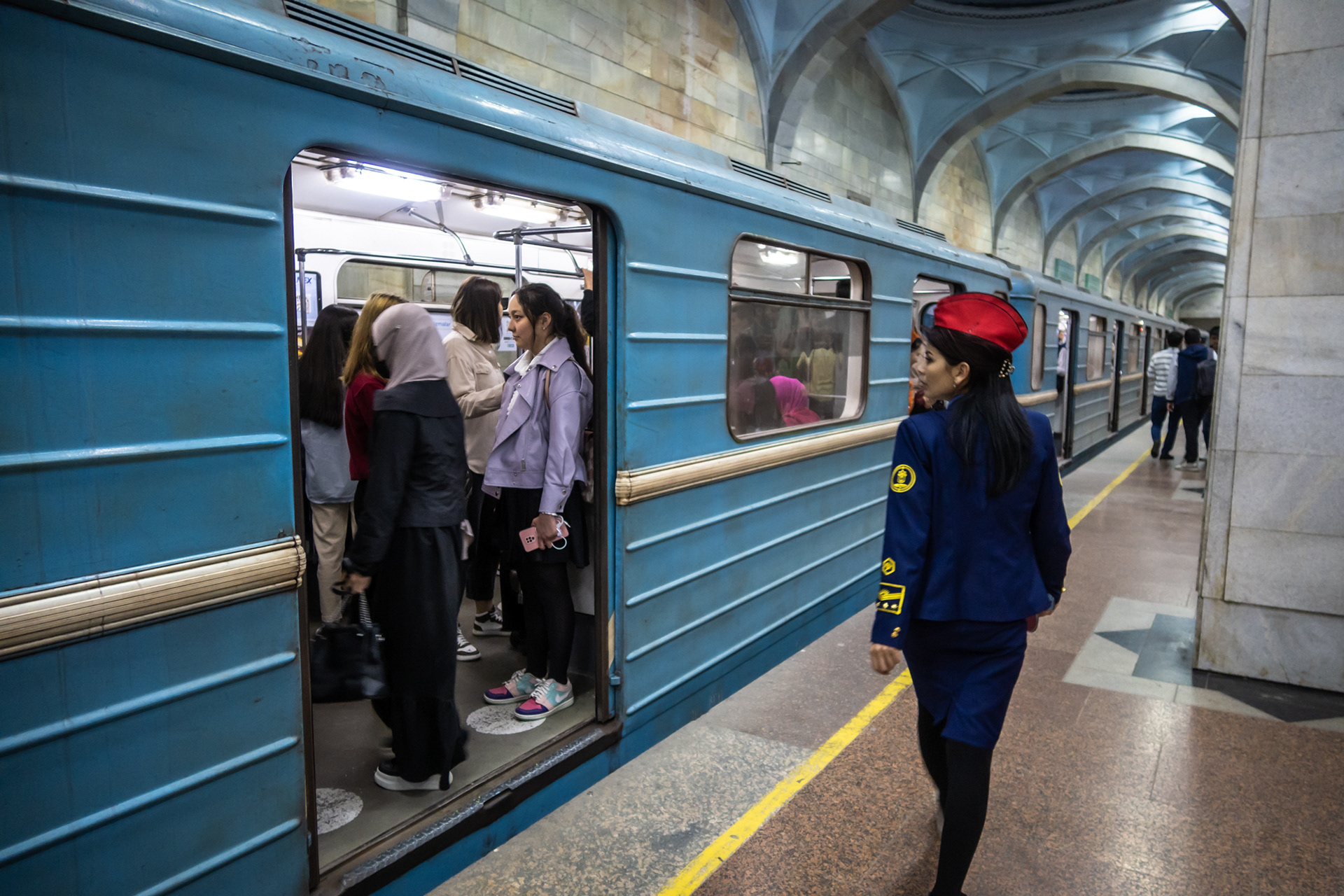

Alisher Navoi metro station, named after the famed 15th century politician, linguist, painter, and poet, who is considered the father of Uzbek literature
Stairs down to the platform at Gafur Ghulyam metro station. Gafur Ghulyam was a 20th century poet, writer and literary translator, regarded as one of the founders of modern Uzbek poetry, becoming the national poet of the Uzbek SSR in 1963.
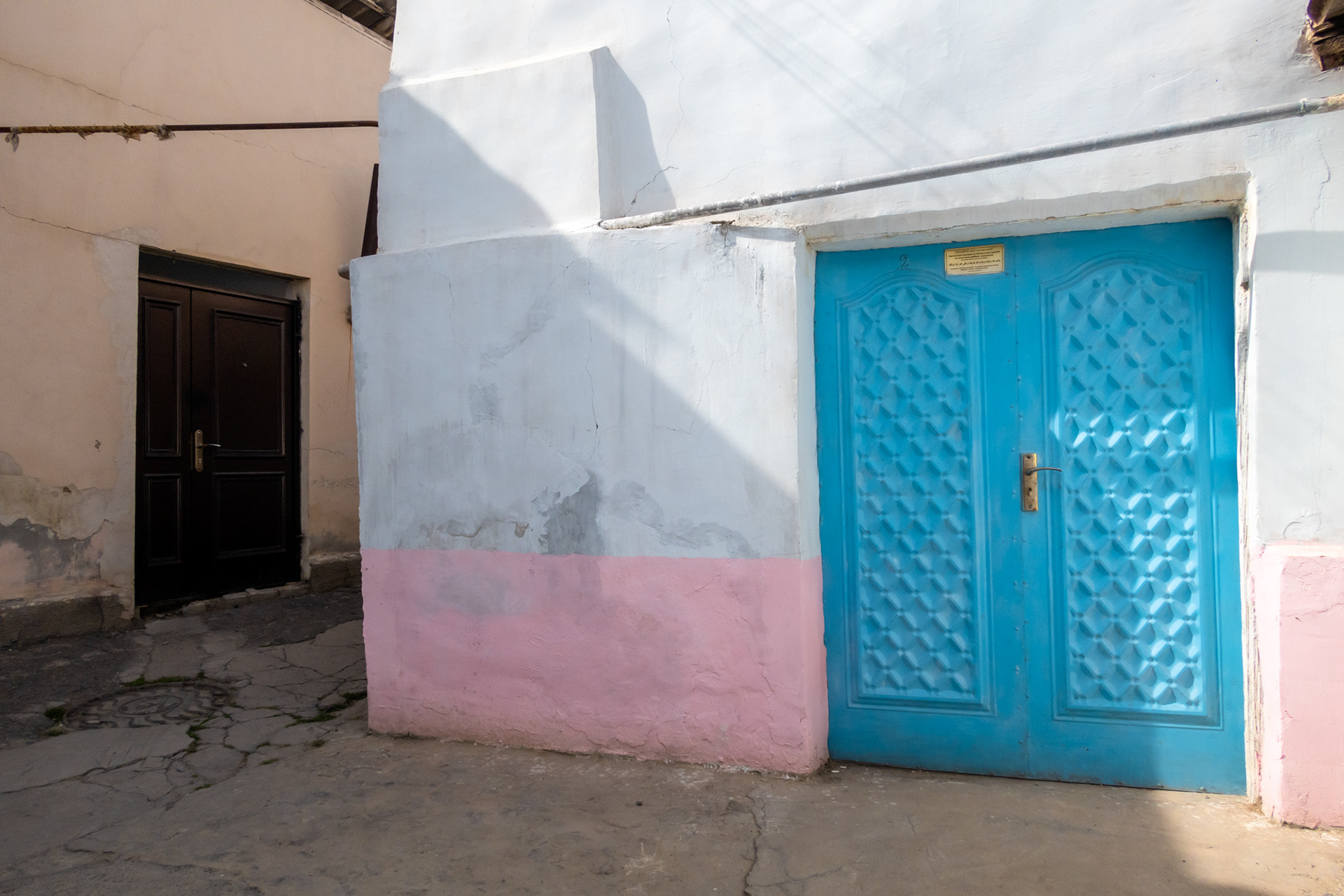

The backstreet remnants of the old city, whose adobe mud-brick buildings were largely flattened in 1966 by a massive earthquake that ripped through the Tashkent. Over 80% of the urban area was destroyed, including more than half of the historic old city.
Traders and customers outside the Chorsu Bazaar, located in the centre of the old town area. Chorsu is a Tajik word meaning 'crossroads' or 'four streams'. Open-air markets thrived for centuries in Tashkent and throughout Uzbekistan. The bazaar dome is a more recent addition, built by the Soviets in 1980. Open-air stalls still surround the site however.

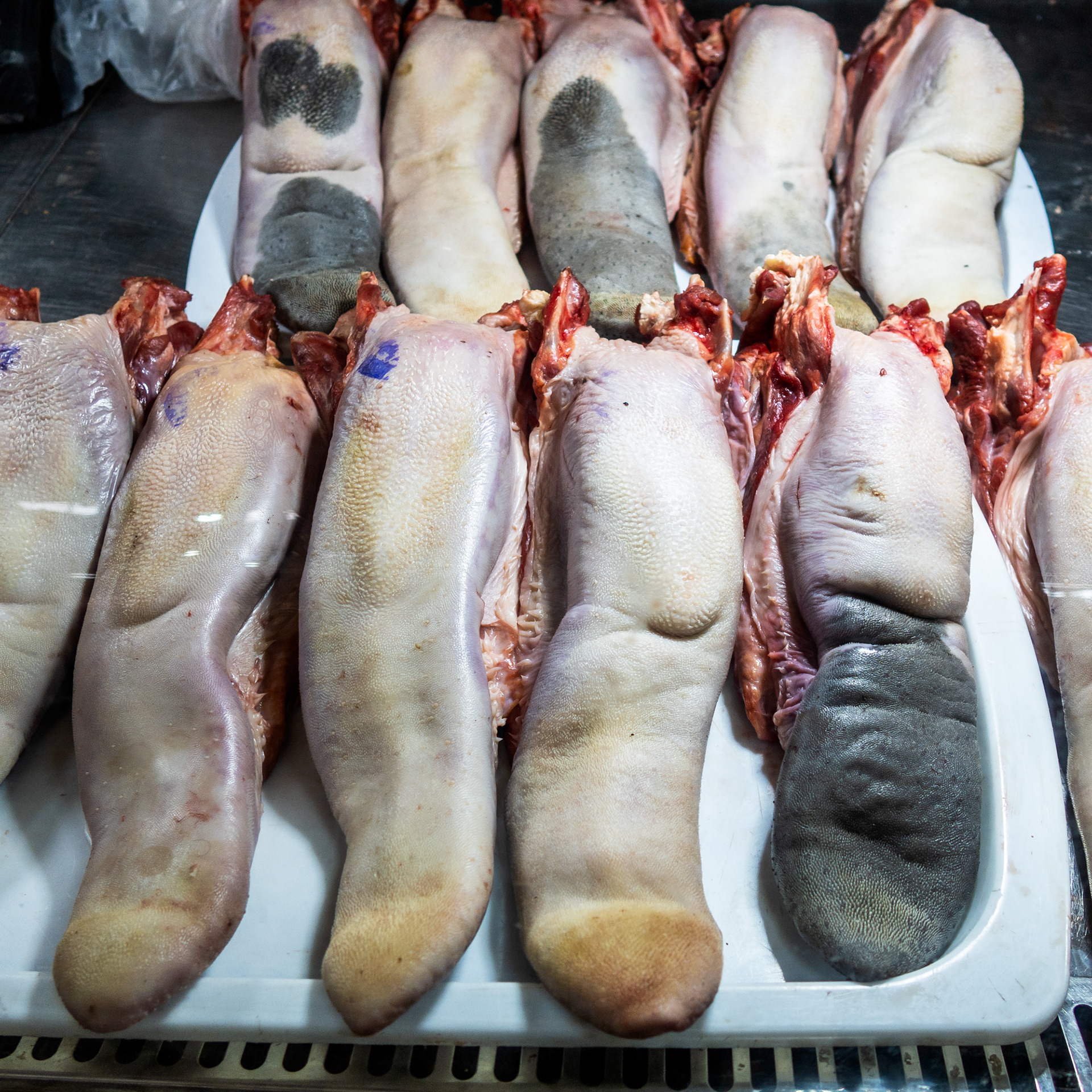


Some of the food sold within Chorsu Bazaar (above)
Hazrat Imam Square, looking towards the Hazrat Imam Mosque (background) and the 16th century Moyie Mubarek Library Museum (foreground). Muyi Muborak means 'the sacred hair', a reference to a holy relic held here: a hair said to have belonged to the Prophet Muhammad. The library also houses a 7th-century Osman Quran, said to be the worlds oldest. The mosque was constructed in just 4 months in 2007 on the orders of then-President Islam Karimov.

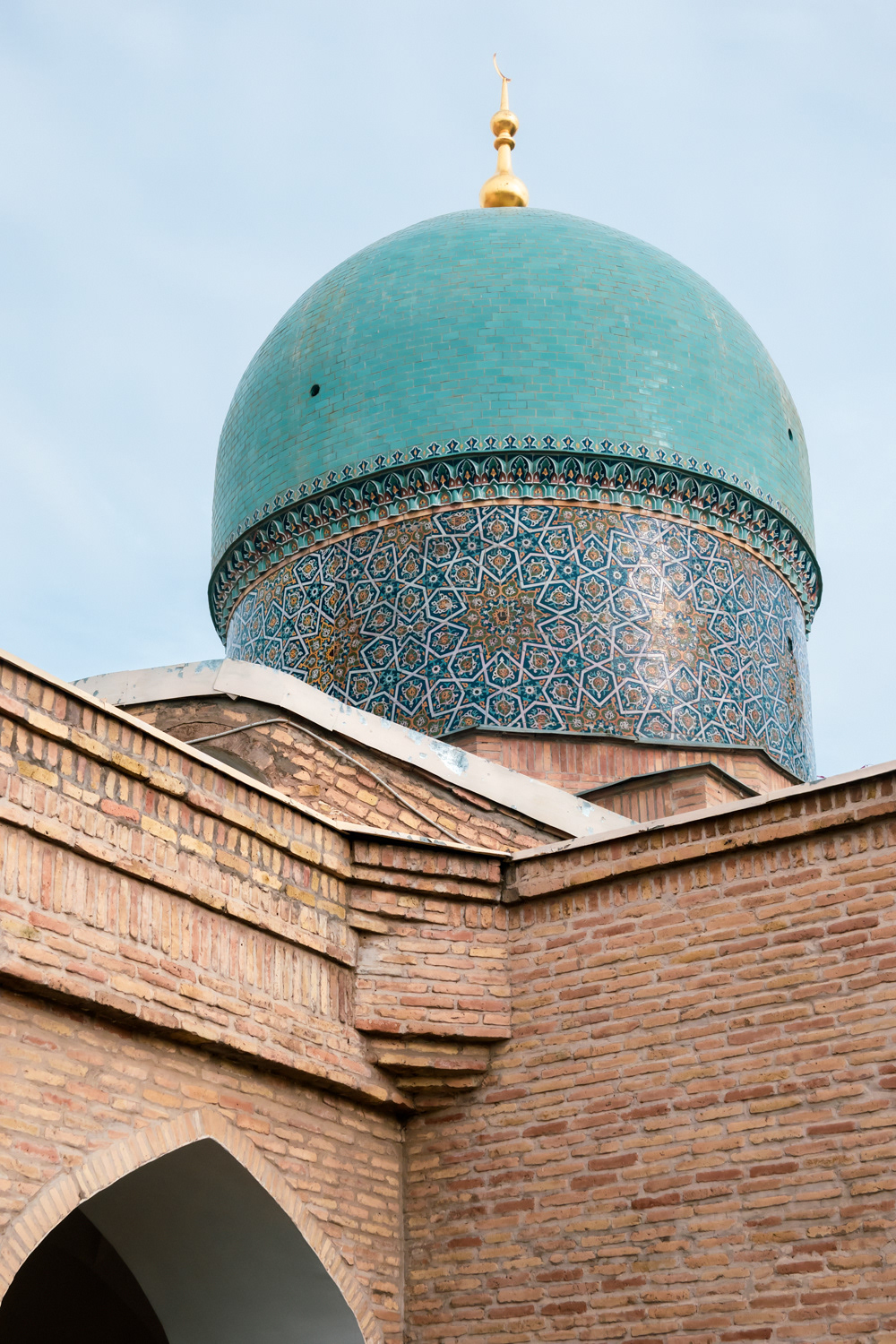
Islamic Civilisation Centre, still under construction (left). Barrak-Khan Madrasa (right), dating from 1502, and one of the few surviving old city structures.
Interior of the Hazrat Imam Mosque
Interior of one of Hazrat Imam's domes, decorated with real gold leaf


Platform exit and commuters awaiting departure at Gafur Ghulyam metro station


Gafur Ghulyam metro station, with Soviet-inspired art by S. Sultonmuradov
The 30 tonne bronze statue of Amir Timur was erected to commemorate the 660th anniversary of his birth. He's not the first occupant of this spot however, with statues of Karl Marx, Lenin and Stalin being some of the more notable previous residents.
Amir Timur Square, named so for obvious reasons. It's a verdant, peaceful space in the centre of the city, first laid out during the 1870's when Uzbekistan was under the rule of the Russian Empire, and was better known as Turkistan.
Tashkent Railway Station, the starting point of the Tashkent–Bukhara high-speed rail line. Opened in late 2011, the line initially only went as far as Samarkand before being extended to Bukhara in 2016. The 600km journey takes around 3.5 hours
Afrosiyob train on the Tashkent-Bukhara high-speed rail line. The train is named after an ancient area in northern Samarkand, and it reaches speeds of up to 210km/hr
